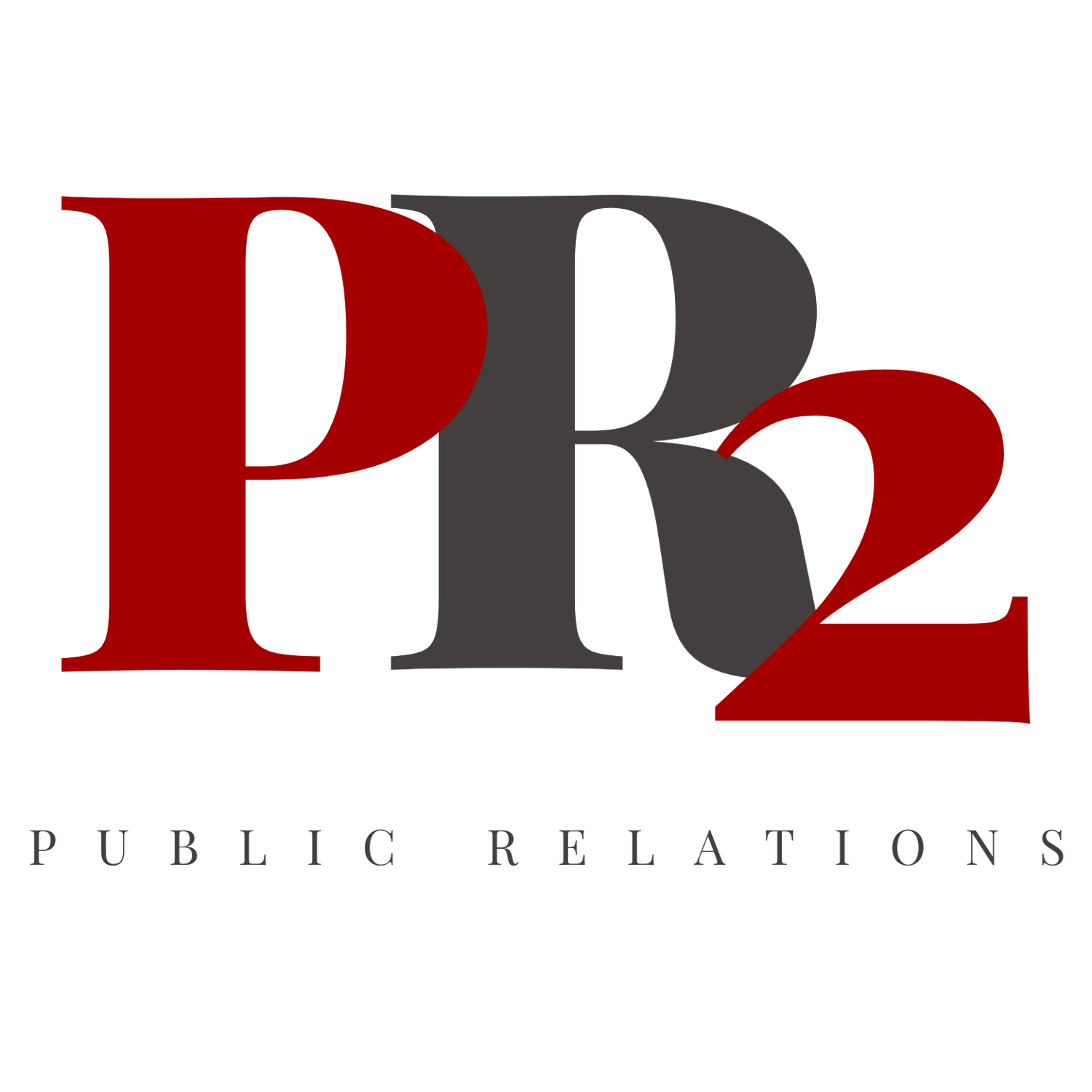Crafting a Powerful Communication Strategy: A Definitive Guide to Elevate Your Brand
In the dynamic landscape of public relations, the role of a robust communication strategy cannot be overstated. For executives eager to navigate the complexities of modern communication and establish a powerful brand presence, this comprehensive guide serves as a roadmap. From understanding the foundational principles to embracing innovative approaches, the insights and expert advice provided herein aim to equip executives with the knowledge needed to craft a communication strategy that resonates with audiences, fosters brand loyalty, and drives organizational success.
The Foundation of Effective Communication Strategy
1. Defining Clear Objectives:
Before embarking on the journey of crafting a communication strategy, executives must first define clear objectives. What does the organization aim to achieve through communication efforts? Whether it's building brand awareness, enhancing reputation, or fostering stakeholder engagement, clearly articulated objectives provide a guiding light.
2. Audience-Centric Approach:
A communication strategy is only as effective as its ability to connect with the target audience. Executives should adopt an audience-centric approach, understanding the needs, preferences, and behaviors of their audience. Tailoring messages to resonate with specific demographics enhances the impact of communication efforts.
Navigating the Elements of a Comprehensive Communication Strategy
3. Integrated Messaging Across Platforms:
In the digital age, communication occurs across various platforms, from traditional media to social media and beyond. Executives should ensure integrated messaging that aligns across platforms, conveying a cohesive brand narrative. Consistency in messaging enhances brand recognition and reinforces key values.
4. Two-Way Communication:
Effective communication is a dialogue, not a monologue. Executives should prioritize two-way communication, actively listening to audience feedback, responding to inquiries, and engaging in meaningful conversations. This fosters a sense of connection and builds trust with stakeholders.
5. Crisis Communication Preparedness:
No organization is immune to crises. Executives should proactively develop a crisis communication plan, outlining protocols for rapid response, transparency, and stakeholder engagement during challenging times. A well-prepared crisis communication strategy mitigates potential reputational damage.
Harnessing the Power of Digital Communication
6. Strategic Use of Social Media:
Social media is a cornerstone of modern communication. Executives should strategically leverage social media platforms aligned with their audience demographics. Crafting engaging content, fostering community interactions, and staying abreast of social media trends contribute to a vibrant digital presence.
7. Content Marketing Excellence:
Content is the currency of effective communication. Executives should embrace content marketing as a core component of their strategy. From blog posts and articles to videos and infographics, creating valuable and shareable content enhances brand authority and visibility.
8. Email Communication Best Practices:
Email remains a powerful tool for targeted communication. Executives should optimize email communication with compelling subject lines, personalized content, and clear calls-to-action. Strategically segmented email lists ensure messages reach the right audience segments.
Crafting a Compelling Brand Narrative
9. Storytelling for Emotional Connection:
Stories have a profound impact on human emotions. Executives should harness the art of storytelling to create a compelling brand narrative. Whether sharing the company's origin story, highlighting customer experiences, or showcasing employee journeys, storytelling forges emotional connections with the audience.
10. Brand Consistency in Visuals:
Visual elements play a crucial role in brand communication. Executives should ensure brand consistency in visuals, from logo design to color schemes and imagery. Consistent visual branding reinforces brand identity and fosters instant recognition.
11. Employee Advocacy Programs:
Employees are powerful ambassadors for a brand. Executives should consider implementing employee advocacy programs, encouraging staff to share company content on their personal networks. Authentic employee advocacy amplifies brand messaging and expands reach.
Tailoring Communication for Stakeholder Engagement
12. Investor Relations Communication:
For organizations with stakeholders in the investment community, effective investor relations communication is essential. Executives should provide transparent financial updates, strategic insights, and future outlooks to build trust with investors.
13. Customer Engagement Strategies:
Customers are the lifeblood of any business. Executives should prioritize customer engagement strategies, including personalized communications, loyalty programs, and feedback mechanisms. Building strong customer relationships contributes to brand loyalty and positive word-of-mouth.
14. Community Outreach and Corporate Social Responsibility (CSR):
Engaging with the community and demonstrating corporate social responsibility are integral to a holistic communication strategy. Executives should communicate CSR initiatives transparently, showcasing the organization's commitment to making a positive impact beyond profit margins.
Measuring Communication Effectiveness
15. Key Performance Indicators (KPIs):
Measuring the effectiveness of a communication strategy requires defining key performance indicators (KPIs). Executives should establish metrics aligned with their communication objectives, such as audience reach, engagement rates, conversion rates, and sentiment analysis.
16. Analytics Tools and Data-Driven Insights:
Utilizing analytics tools is essential for data-driven decision-making. Executives should regularly analyze performance metrics, gaining insights into audience behavior, content performance, and overall communication effectiveness. Data-driven insights inform strategic adjustments and improvements.
Real-World Examples of Communication Excellence
17. Starbucks' Transparent Crisis Communication:
Starbucks demonstrated transparent crisis communication in response to an incident involving racial bias. The company promptly issued a public apology, engaged in open dialogue with stakeholders, and implemented training programs. This transparent and accountable approach mitigated reputational damage.
18. Tesla's CEO, Elon Musk, on Social Media:
Elon Musk's use of social media serves as an example of executive communication in the digital age. Musk utilizes platforms like Twitter to share updates, respond to customers, and provide insights into Tesla's vision. This direct and authentic communication style resonates with Tesla's audience.
Embracing Emerging Trends in Communication
19. Augmented Reality (AR) and Virtual Events:
Embracing augmented reality (AR) and virtual events expands the possibilities of communication. Executives should explore AR applications for immersive brand experiences and leverage virtual events to connect with global audiences, fostering engagement in a digital landscape.
20. Chatbots for Instant Customer Interaction:
Chatbots are revolutionizing customer interaction. Executives should consider implementing chatbots for instant communication, addressing customer queries, and providing real-time assistance. Chatbots enhance efficiency and contribute to a seamless customer experience.
Conclusion: Elevating Your Brand Through Strategic Communication
In the ever-evolving landscape of public relations, a strategic communication approach is the linchpin that can propel a brand to new heights. Executives who master the art of communication, from understanding their audience and crafting compelling narratives to leveraging digital tools and measuring effectiveness, position themselves as stewards of impactful and authentic brand communication.
The journey of strategic communication is not a one-size-fits-all endeavor. It requires adaptability, innovation, and a commitment to staying attuned to evolving trends. As executives embrace the principles outlined in this guide, they have the opportunity to transform their communication strategy into a dynamic force that not only resonates with audiences but also shapes the narrative of their brand in the ever-shifting landscape of public perception.


